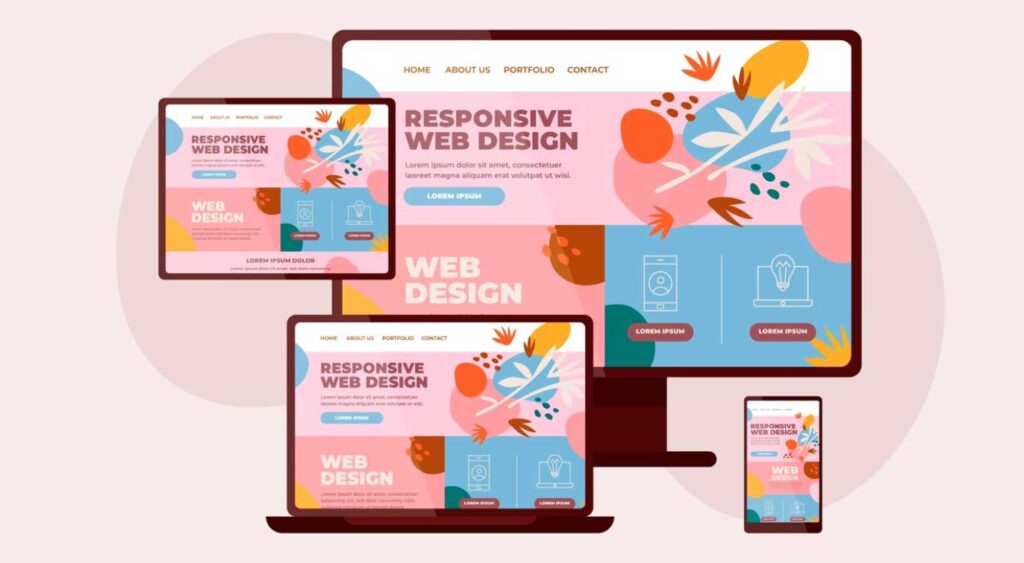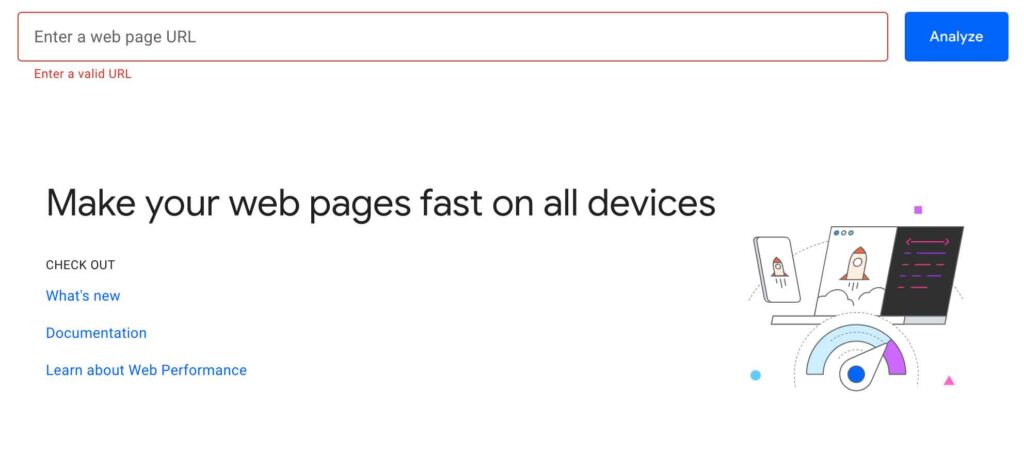Table of Content
Divi, the most popular WordPress theme, with almost 1,000,000 downloads.
It includes the following features :
What goals do you pursue when launching an eCommerce website? All things apart, you want it to sell and bring you a revenue boost.
How to launch an eCommerce website that drives traffic and sales from the first try? We are here to give you the answer.
Whether it’s the first eCommerce project you are launching or you are looking for inspiration on how to bring your website to the next level, our guide reviews eCommerce essentials you should mind to reach new heights.
Essential eCommerce Website Features for Your Store’s Success
Successful eCommerce websites prioritize three core elements: exceptional customer experience, seamless back-end integration, and effective digital marketing. These eCommerce essentials are needed for building an online brand reputation, increasing brand awareness, generating leads, and driving conversions.
Competition in the world of online commerce is growing at an unprecedented rate. According to Forbes, one in every five shoppers now makes purchases online. Moreover, the online marketplace is continuously expanding. Forbes predicts that global eCommerce sales will experience a 10.4% growth in 2023, reaching $6.3 trillion by the year’s end. Furthermore, this figure is projected to surpass $8.1 trillion by 2026.
With so many businesses vying for customers’ attention, it has become crucial for online stores to ensure they have the right features to stay competitive and successful. That said, let’s delve into the key eCommerce features that every online store should consider implementing to maximize their chances of success.
Personalization Algorithms
eCommerce personalization refers to customizing customers’ online shopping experiences. It involves delivering relevant content based on the users’ interests and offering product recommendations based on their preferences, behavior, and demographics. The goal is to improve customer satisfaction, engagement, and conversion rates by providing a personalized shopping journey.
Here are seven effective strategies for implementing eCommerce personalization, along with some examples:
- Product-detail page (PDP) recommendations: Show shoppers similar or complementary products to the ones they are already interested in. For example, you can suggest items that are higher in price but similar in style or brand. This tactic, known as dynamic upselling, has been proven to have the best conversion rates. Cross-selling on PDPs is another tactic that encourages customers to add more items to their cart by recommending complementary products.
- Integrate user-generated content (UGC) throughout the funnel: UGC, such as customer photos, videos, and reviews, adds authenticity to your site. It allows visitors to see your product in real-life situations and influences their purchasing decisions. By seamlessly integrating UGC into your website using tools like Shopify Flow, you can create inspiring customer experiences.
- Retarget in-session based on behavioral triggers: Instead of relying solely on off-site retargeting, consider using on-site interstitials. These pop-ups appear during a customer’s browsing session based on their behavior. By using automation to trigger these pop-ups, you can customize the offers based on characteristics like the number of sessions, shopping cart value, and browsing behavior.
- Time social retargeting with smart recommendations: Even if a visitor leaves your site, you can still reach out to them through retargeting on social media. To maximize the effectiveness of this approach, it’s important to choose the right timing. Granulated retargeting is a more advanced technique that takes into account the value of a site visitor over time. By layering your retargeting efforts as their value declines, you can optimize your ad spend. Additionally, shortening the retargeting period to 7 to 14 days helps engage customers when they are most likely to convert. Make sure to tailor your retargeting messages to be relevant to their previous purchases or remind them of your unique selling proposition.
- Automate personalized email and SMS campaigns: When customers provide their email addresses or mobile numbers, you can engage and convert them through continuous communication. By automating personalized email and SMS messages, you can reach out to customers no matter where they are, keeping your brand top of mind.
Mobile Compatibility and Responsive eCommerce Website Design

With 2.64 billion customers shopping on mobile devices in 2023, online stores need a responsive design that adapts to different screen sizes. A mobile-friendly site ensures customers can easily browse and purchase from any device.
Ensure a seamless user experience for shoppers accessing your website on mobile devices by making your e-commerce site design responsive. The layout should automatically adapt to different screen sizes, eliminating users needing to zoom or scroll to access the navigation menu. A successful e-commerce site design should be flexible enough to respond and resize images, graphics, grids, and layouts based on user preferences or devices.
Key characteristics of a responsive e-commerce web design include:
- Adjusting screen resolution to fit different devices.
- Automatically adjusting images to optimize viewing on various screens.
- Customizable and flexible layout structures.
- Supporting both touchscreen and cursor functionality, considering that some laptops and desktops have touchscreen capabilities.
Responsive design is an indispensable characteristic of the best Shopify themes, considered the most popular choice among eCommerce businesses. While working on the eCommerce marketing strategy, looking for eCommerce website templates free download is one of the first steps small businesses and newbies opt for. However, when working on a more advanced eCommerce project, you’d better choose premium eCommerce website design templates. Most last-generation designs feature a responsive design, making your website look great and run smoothly on all devices.
Customer Support
Providing real-time communication with support representatives can significantly improve the buying process for customers. Instant chat allows customers to ask questions, seek assistance, and receive timely responses, ultimately increasing the chances of successful sales.
With the rise of Artificial Technologies, eCommerce websites got another chance to deliver personalized online experiences to their customers. Using AI chatbots, businesses can reduce the average response time, assist clients in finding relevant answers to their questions, and provide immediate assistance with multiple issues they may encounter when browsing your website.
Feedback and Rating System
An effective feedback and rating system not only helps customers in their decision-making process but also builds trust and credibility for the online store. Positive reviews and ratings serve as social proof, encouraging other potential customers to purchase. You can welcome users to share their feedback about your eCommerce website’s products and services and get rewards for their reviews.
Professional Product Images and Descriptions
High-quality product images are crucial for e-commerce success due to several reasons.
- As social media becomes more prominent, people prefer consuming information through visuals like images and short videos rather than lengthy texts.
- Studies show images are more effective than text in conveying messages. The human brain processes images 60,000 times faster than text, allowing clear and intimate communication with potential customers.
- High-quality images on eCommerce sites increase content shareability by 40%, reduce product returns by 22%, and boost customer engagement by 650%. These images also minimize bounce rates, enhancing customer engagement and improving the reputation of your online business.
- Quality images contribute to search engine optimization. When search engine bots observe a low bounce rate, they perceive it as a sign of user confidence and display the content to more searchers.
To maximize customer engagement and conversions, successful eCommerce sites employ the following image strategies:
- Optimize image tags, captions, descriptions, alt text, and other textual contexts using SEO techniques. By incorporating primary keywords within the textual context of each image, search engine bots can effectively analyze and differentiate between images.
- Resize and optimize images from high-resolution originals to prevent quality loss during uploading. Utilizing image/video optimization tools, you can manage the visual quality, dimensions, format, and compression settings of product images before publishing.
- Optimize product images for high pixel density displays, ensuring high-resolution visuals. Smartphone users expect this level of quality.
Utilizing Social Networks for Advertising
With the vast number of users on social media platforms, leveraging these networks for advertising can be a game-changer for online stores. Creating engaging content, running targeted ad campaigns, and building a strong social media presence can help increase brand visibility and drive traffic to the store.
Page Loading Speed
In today’s fast-paced world, customers expect websites to load quickly. A slow-loading website can lead to frustration and potential customer loss. Optimizing page loading speed ensures a seamless and satisfying user experience.
Today, you can find many online tools for testing the page loading speed of your eCommerce website. PageSpeedInsights is one of them. The free tool lets you check your eCommerce website’s loading speeds on mobile and desktop devices.

Final Thoughts
Implementing these key eCommerce features can significantly contribute to the success and competitiveness of an online store.
By personalizing the shopping experience, ensuring mobile compatibility, providing instant chat support, incorporating a feedback system, optimizing product images and descriptions, utilizing social networks for advertising, and improving page loading speed, online stores can enhance customer satisfaction, build trust, and ultimately increase sales.
Take advantage of these essential eCommerce features that can take your online store to new heights of success.
As a bonus, we are offering a special discount for our readers. Use the promo code “bootstrapTopDesign” to enjoy a 7% discount on eCommerce templates and any other products from the TemplateMonster digital marketplace, as well as a 10% discount on the MonsterOne subscription service until December 31, 2024. Take advantage of this offer and start building your successful online store today!

